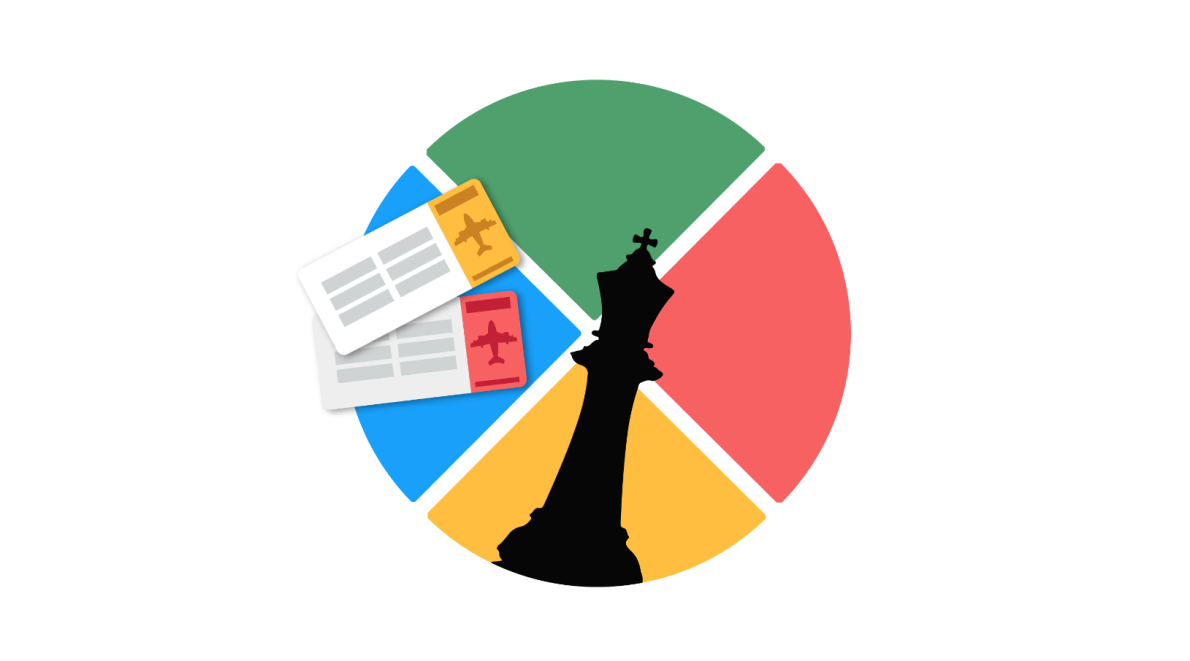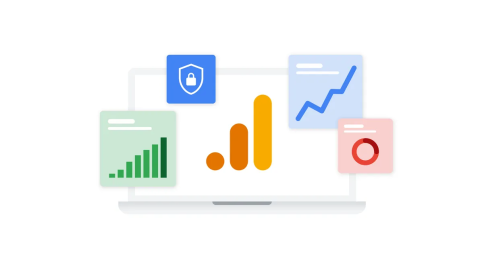What is seasonal SEO?

Seasonal SEO (Search Engine Optimization) is one of the SEO strategies aimed at increasing sales and interest during specific periods of the year or seasons. This type of SEO helps companies promote products or services that become particularly in demand at certain times. When seasonal SEO is optimized in a timely manner, it can become a powerful tool for boosting sales.
What is seasonal SEO? Seasonal SEO is the process of optimizing web pages in line with rising demand and search query volumes during specific times of the year. For example, search queries for swimsuits increase in summer, while demand for heating devices spikes in winter. The goal of seasonal SEO is to achieve maximum visibility and traffic during these periods. However, the key is not only to capitalize on seasonal demand but also to adapt your website to these queries. Companies from various industries should update and optimize their SEO strategy in line with the changing requirements of each season.
One of the main principles of seasonal SEO is timely preparation. If you want to leverage SEO for a seasonal trend, measures must be taken before demand begins to rise. Key tools for this include platforms like Google Trends, which allow you to track changes in search volume. This helps you identify the best time to activate SEO for your products or services.
What are the benefits of seasonal SEO? Seasonal SEO offers many advantages, and these benefits can be tailored to the sales strategies of any company. Firstly, seasonal SEO helps increase visibility exactly when there is high demand for specific products or services. For example, during sales events like Black Friday, a properly optimized site can become an essential tool for attracting customers. The benefits of seasonal SEO include:
- Increased traffic: A well-executed seasonal SEO strategy ensures that your site ranks higher in search engines, leading to increased traffic.
- Higher conversion rates: Seasonal SEO allows you to present your target audience with the most relevant offers, increasing interest in your product and, therefore, driving more sales.
- Maximizing profits: During holidays, special promotions, or seasonal campaigns, seasonal SEO can become one of the most effective ways to attract customers and boost profits.
- Competitive advantage: If your competitors are not utilizing seasonal SEO, it gives you a significant competitive edge. Higher search engine rankings ensure that customers choose you over the competition.
Why is seasonal SEO important? While SEO can be effective throughout the year, the importance of seasonal SEO emerges during specific periods. The goal is to ensure that your company maximizes its benefits from increased demand during any particular season. This involves not just keyword optimization, but also accounting for seasonal strategies and changes in consumer behavior.
The significance of seasonal SEO includes:
- Increased competition: During seasonal trends, companies actively compete for top search rankings. In such moments, a well-structured seasonal SEO strategy can set you apart from competitors.
- Demand for relevant content: Customers value content that is relevant to specific seasons or events, such as holiday offers or seasonal discounts.
- Timing: Each season comes with its own keywords and trends. By optimizing SEO ahead of seasonal demand, you can capture more attention and secure leading positions in search engines.
How to measure the seasonal popularity of your products? Several tools can help you determine which of your products or services are most popular during different seasons. These tools allow you to analyze what is currently in demand and how this can influence your seasonal SEO strategy.
- Google Trends
- Google Trends is an indispensable tool for tracking traffic and search volumes. It allows you to see which keywords are gaining popularity in specific seasons. If the demand for a product increases during a particular time, you should intensify your SEO efforts during that period. By using Google Trends, you can predict future trends and prepare your website in advance.
- Google Keyword Planner
- While primarily used for advertising campaigns, Google Keyword Planner is also useful for SEO. This tool allows you to view search query volumes by keywords and identify which months see higher demand. Analyzing keywords in terms of seasonal popularity helps you create more targeted advertising campaigns and increase the effectiveness of your seasonal SEO.
- Google Search Console
- Google Search Console allows you to analyze which pages of your website receive more clicks during seasonal periods. This tool helps you monitor page performance and determine which pages need improvement as part of your seasonal SEO efforts.
- Semrush
- Semrush offers comprehensive analytics tools for SEO specialists. It allows you to analyze seasonal keywords, competitor rankings, and overall trends. By using Semrush, you can discover which keywords your competitors are leading in and find new trends suitable for your business.
Optimizing web pages for seasonal trends A key aspect of a successful seasonal SEO strategy is optimizing web pages in line with seasonal trends. This process is essential to gain maximum benefit from a season or period. Optimization involves not only working with content but also focusing on the technical aspects of your site.
- Keyword selection and optimization
- Every season has its unique keywords. In summer, queries like "vacation packages" are popular, while in winter, it’s "winter clothing." It's important to use tools like Google Trends and Semrush to determine which keywords are most popular during each season. For a successful seasonal SEO strategy, consider the following:
- Keyword research: The first step is to select keywords with high seasonal search volumes. Use Semrush or Google Keyword Planner to identify which keywords to target. Search volumes can vary by season, so it’s essential to conduct this research well before the start of peak demand.
- Content updates: If your site already offers seasonal products or services, it’s necessary to update the content to align with the current season. This will help more effectively utilize keywords and create content that interests users. Don’t hesitate to create new content. If you're planning a summer campaign, add relevant materials such as "best summer deals."
- Updating meta descriptions and titles: Keywords should not only be included in the content but also in meta descriptions and titles. Using seasonal titles helps attract attention from both search engines and users. Optimal SEO meta descriptions contain 150 to 160 characters and naturally incorporate keywords.
- Page load speed and technical SEO
- In seasonal SEO, technical aspects are just as important as content optimization. Page load speed, in particular, plays a crucial role, as a large volume of traffic may be directed to the site during seasonal periods. If a page loads slowly, users may switch to other resources.
- Page load speed: Use tools like Google PageSpeed Insights to assess your site’s load speed, and improve it if necessary. Optimizing images, removing unnecessary plugins, and reducing server response time are essential steps to improve speed. In seasonal campaigns, pages may become overloaded with traffic, and delays could result in lost sales.
- Mobile compatibility: As more users search for products and services via mobile devices, mobile optimization becomes even more critical. Check how your site functions on mobile devices and ensure that it provides a user-friendly experience. It is crucial to speed up mobile page loading and optimize the mobile experience during seasonal campaigns.
- A/B testing and content analysis for seasonal SEO
- Another effective method for seasonal SEO is using A/B testing to create different versions of pages and products. For instance, you can create two different versions of a product and analyze which one performs better during the season. Through these tests, you can achieve the following:
- Testing page titles: A/B testing allows you to check which titles work best. This helps you determine which titles will be most appealing for the current season.
- Content updates and application: The key to success in seasonal SEO is quickly updating content and aligning it with user needs. With A/B testing, you can determine which content generates more conversions. It’s important to focus not only on text quality but also on the use of multimedia elements—images, videos, and other formats.
Defining seasonal CTAs (Calls to Action)
One of the key components of a successful seasonal SEO strategy is properly defining CTAs (Calls to Action), which prompt users to take specific actions on the site. Well-designed seasonal CTAs significantly increase the chances of successful sales during certain periods. They must be tailored to the seasonal features and interests of users.
- Emphasizing seasonal features
- To make your CTAs effective, they must highlight the seasonal features of your products and services. For instance, during the summer, a travel company could use a CTA like "Book the best summer tours now!" to make the message more relevant to the season.
- Creating a sense of urgency
- CTAs that create a sense of urgency can drive users to take immediate action. Phrases like "Discounts only this week! Buy now!" or "Limited offer: valid today only!" motivate users to make a purchase decision faster.
- Visual CTAs
- Visual elements also play a major role in seasonal campaigns. CTAs should not only be text-based but also visually appealing, especially during holiday seasons. Bright colors and creative images, relevant to the season's theme, can significantly enhance the effectiveness of calls to action.
Using seasonal creativity
Effective seasonal creatives can significantly enhance the impact of your seasonal SEO. Creatives include images, banners, video content, and other multimedia elements directly related to the seasonal theme. Here are a few key points to consider:
- Season-appropriate visuals
- Holidays like New Year, Christmas, or Halloween provide an excellent opportunity to create visually appealing elements. Banners, product photos, and even background images on the website should be adapted to the current season. This not only captures users' attention but also helps them better immerse in the season's atmosphere.
- Creating video content
- Videos remain one of the most powerful tools for user engagement, especially in seasonal campaigns. Short video clips showcasing your seasonal offers or discounts can significantly increase user engagement. Using seasonal motifs and accents in the video also helps strengthen your connection with customers.
Best days for seasonal SEO
To make the most of seasonal SEO, it’s important to know which days are the most advantageous for its implementation. These can be both commonly recognized holidays and specially designated marketing periods. Here are a few examples:
- Holidays
- Holidays like New Year, Thanksgiving, Christmas, or Easter traditionally see high sales activity. During these times, there is a surge in queries related to gifts, discounts, and promotions. A well-executed SEO campaign on these days can significantly boost traffic and conversions.
- Special marketing days
- In addition to holiday periods, there are marketing events like Black Friday, Cyber Monday, or Valentine’s Day. These days present excellent opportunities for seasonal promotions and special offers, and an SEO campaign focused on such periods can yield significant benefits.
- Seasonal sales
- Seasonal sales, such as summer or winter clearances, also require a specific approach to SEO. It’s essential to prepare content and keywords relevant to these sales in advance to ensure maximum visibility and user engagement.



